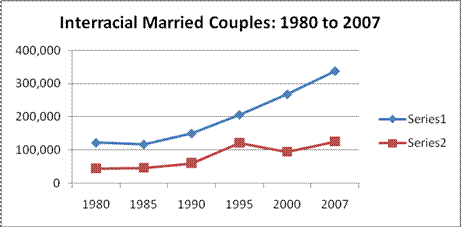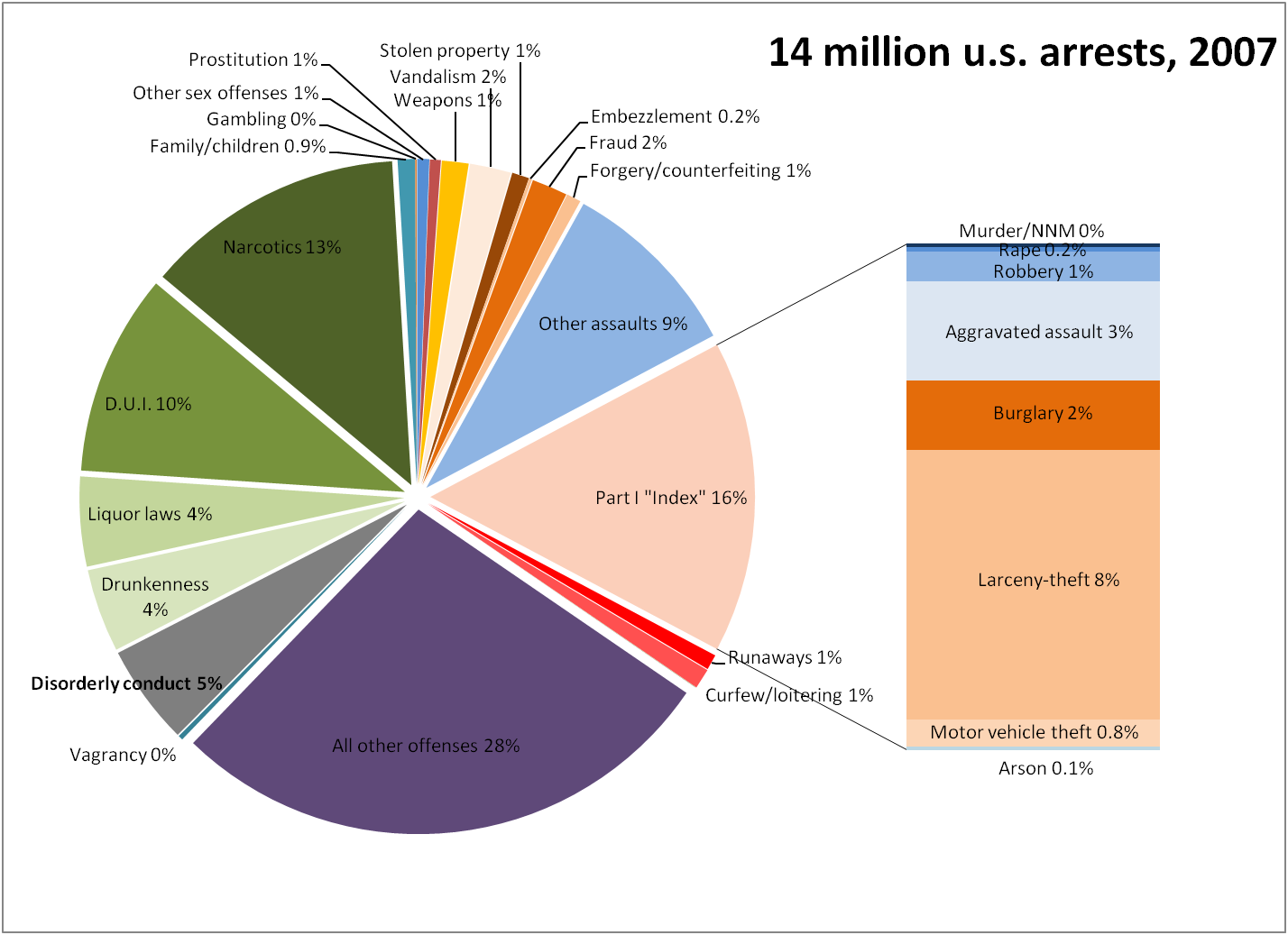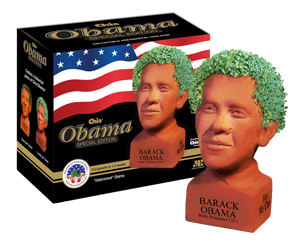Sabrina W. sent in this ad for an herbal toothpaste (from Thailand?), found at Sinosplice:
[youtube]https://www.youtube.com/watch?v=5Y7eg0REXZM[/youtube]
I don’t quite know what to make of it. I mean, in theory it would be a nice message that stereotypes are often extremely misleading. But “looks can be deceiving” applying to Black people? It’s not actually undermining the idea that Black men look scary (just like herbal toothpaste might look disgusting), it’s just that it turns out that in some cases, they’re actually nice, kind people! And presumably the toothpaste tastes better than it looks.
It’s interesting that the woman is afraid the Black man is going to hurt or maybe kidnap her child. In the U.S., I don’t think that’s usually the major concern–there’s the stereotype of Blacks as muggers, and women (particularly White women) often fear that they might be sexually aggressive, but I don’t think Black men are usually depicted as child molesters or kidnappers here–the stereotype of those groups is usually of middle-aged White men.
Thanks, Sabrina!
Gwen Sharp is an associate professor of sociology at Nevada State College. You can follow her on Twitter at @gwensharpnv.









